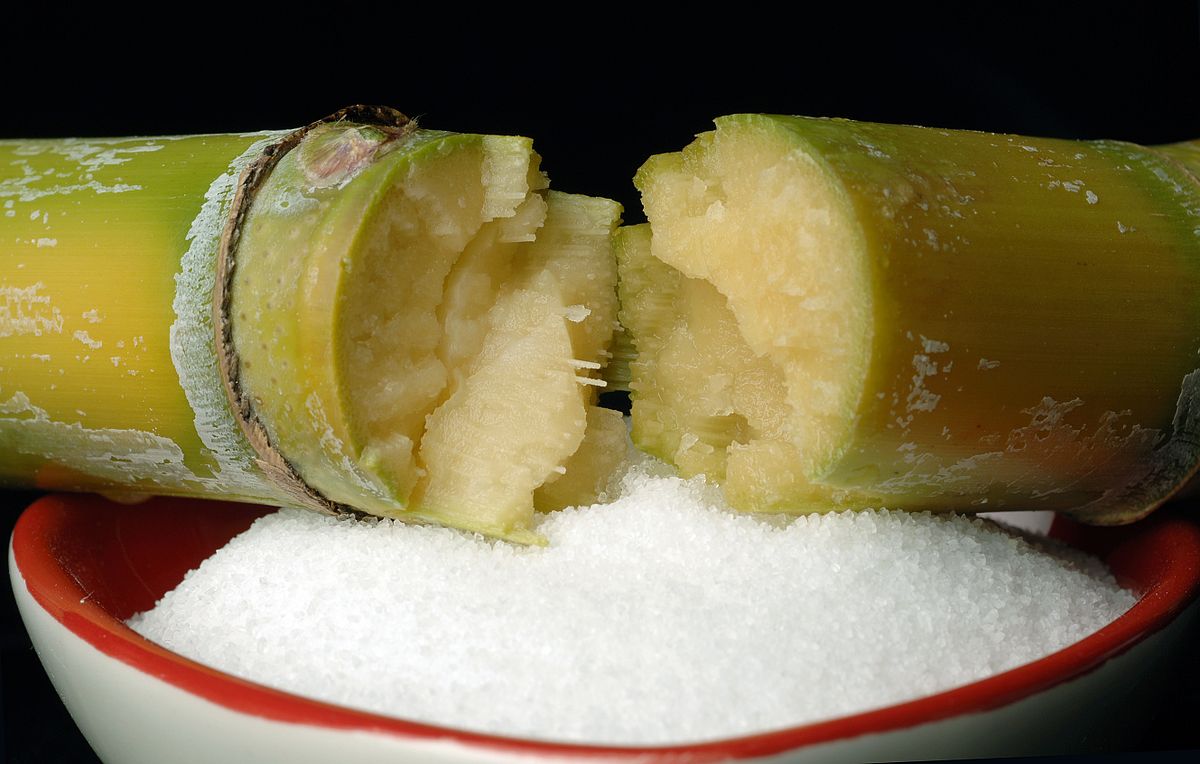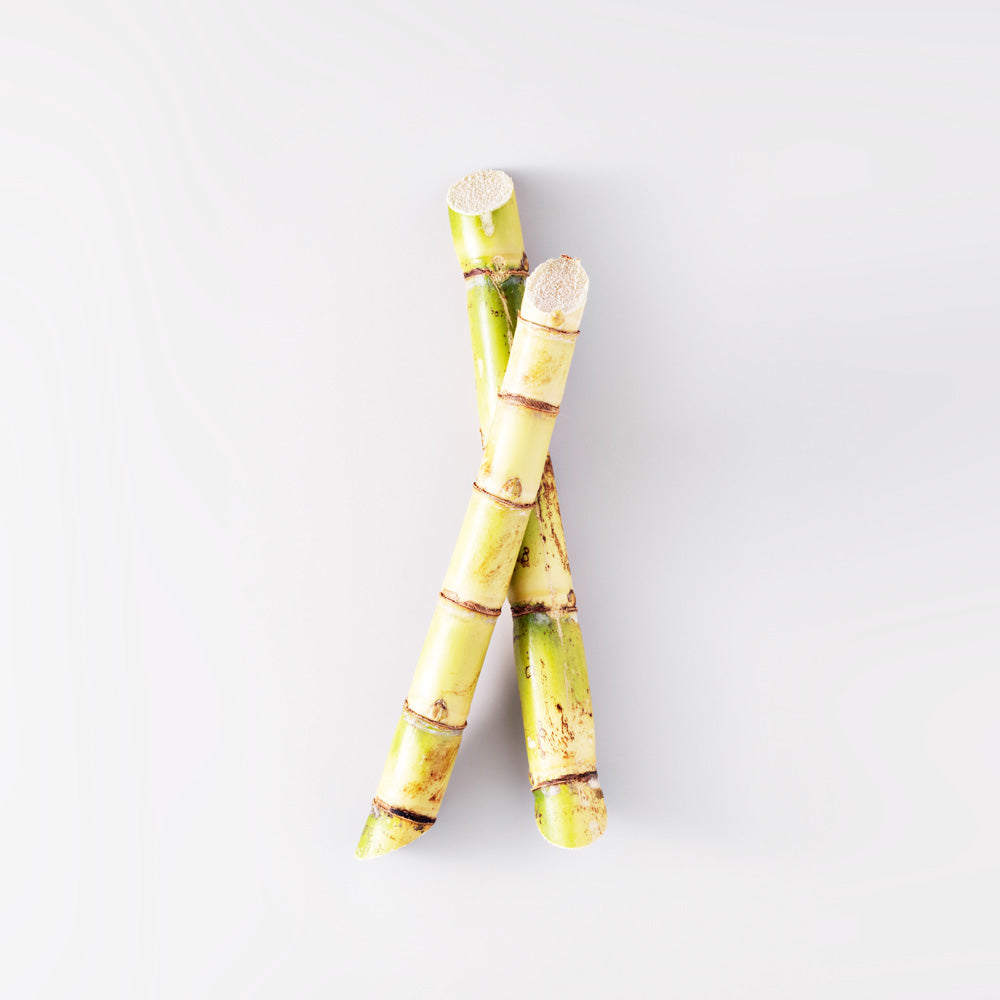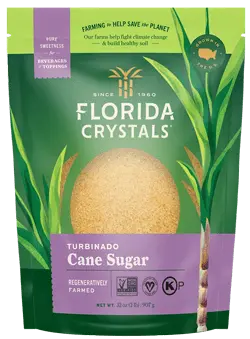Cane Sugar Processing: Traditional Methods and Modern Innovations
Cane Sugar Processing: Traditional Methods and Modern Innovations
Blog Article
Exploring the Comprehensive Steps Involved in Cane Sugar Handling From Gathering to Improvement
The procedure of walking cane sugar manufacturing encompasses a collection of complex actions, starting with the mindful harvesting of sugarcane and culminating in the improvement stages that make certain the final product fulfills industry standards. Each stage, from the removal of juice to the purification and formation processes, plays a crucial role in determining the high quality and personality of the sugar. Comprehending these phases not only highlights the intricacy of sugar production yet likewise raises vital questions regarding efficiency, sustainability, and innovation in the sector. What ramifications do these factors have for future methods?
Harvesting Sugarcane
Gathering sugarcane is an important action in the cane sugar handling chain, as it straight influences the quality and return of the end product. Appropriate timing and methods are crucial during this phase to make sure optimum sugar material and minimize losses. Commonly, sugarcane is harvested when it gets to maturity, typically 12 to 18 months after growing, defined by a high sucrose concentration.

Post-harvest, the sugarcane needs to be refined quickly to avoid sucrose destruction. Ideally, gathered cane ought to be moved to refining centers within 24-hour to protect sugar high quality. As a result, reliable logistical planning is vital to keep the honesty of the gathered crop throughout the supply chain.
Extraction Refine

The crushed walking stick is subjected to a series of pushing procedures to take full advantage of juice healing. Typically, warm water is splashed onto the crushed cane, developing a countercurrent circulation that assists dissolve the sugar while also helping in the extraction process. The juice accumulated from this procedure contains not only sugar but likewise various organic compounds and impurities.

To improve extraction performance, some facilities may employ diffusion techniques, where the sugarcane is saturated in warm water, enabling the soluble sugars to diffuse right into the fluid. The resulting juice, abundant in sucrose, is after that routed to subsequent processing phases, laying the foundation for purification and refinement. The extraction process is therefore crucial in figuring out the quality and yield of the last sugar item.
Purification Methods
The filtration strategies utilized in walking stick sugar processing are necessary for changing the raw juice right into a high-quality sugar product. These methods largely intend to get rid of contaminations, such he said as dirt, plant products, and inorganic substances, which can negatively influence the end product's flavor and shade.
This process involves including lime and warm to the raw juice, which helps with the coagulation of impurities. Furthermore, the use of phosphoric acid can boost the explanation process by further binding impurities.
An additional substantial strategy is carbonatation, where carbon dioxide is presented to the made clear juice. This response produces calcium carbonate, which catches staying impurities and promotes their elimination.
Moreover, activated carbon therapy might be related to adsorb any kind of staying colorants and natural contaminations, making certain a much more refined product. The mix of these methods effectively prepares the sugar juice for succeeding action in the refining procedure, setting the stage for the manufacturing of high-grade walking stick sugar.
Crystallization Approaches
After the purification phase, the following crucial action in cane sugar processing includes formation methods, which play a crucial role in transforming the clarified juice right into solid sugar. This process commonly employs 2 key techniques: spontaneous crystallization and controlled formation.
In spontaneous formation, supersaturated sugar solutions are enabled to cool naturally, leading to the development of sugar crystals over time. This technique enables for the consistent development check that of sugar crystals and higher pureness.
During formation, the made clear juice is focused via dissipation, increasing its sugar content until it reaches supersaturation. As soon as this factor is attained, either technique can assist in the condensation process. Cane Sugar Processing. The resultant sugar crystals are then divided from the remaining syrup through centrifugation
Ultimately, the choice of crystallization approach affects the high quality, size, and purity of the final sugar item, making this step crucial in the total walking cane sugar processing treatment.
Improvement and Product Packaging
Just how can the purity and top quality of walking cane sugar be even more boosted after condensation? The improvement process plays a critical function in achieving high-quality walking stick sugar.
Following, the sugar goes through a procedure called centrifugation, where it is spun at high speeds to divide the purified sugar crystals from the continuing to be liquid. After centrifugation, the sugar is frequently more fine-tuned via a technique called carbonization or phosphatation, which makes use of activated carbon or phosphoric acid to get rid of shade and off-flavors.
As soon as refined, the sugar is dried to accomplish the wanted moisture web content, guaranteeing that it remains steady throughout storage space and transportation. The final action entails packaging the polished sugar in moisture-proof and airtight containers to maintain its top quality and prevent contamination. Cane Sugar Processing. Appropriate product packaging not just extends life span however additionally assists in very easy handling and circulation, ensuring that consumers receive sugar that fulfills the highest possible standards of purity and quality
Final Thought
The thorough actions entailed in cane sugar processing, from the meticulous harvesting of sugarcane to the elaborate refinement and packaging stages, highlight the relevance of each stage in making certain premium sugar manufacturing. Ideal harvesting methods, reliable removal approaches, and strenuous filtration procedures jointly add to the end product's purity and stability. The formation and subsequent product packaging methods further boost the integrity and service life of the sugar, highlighting the intricacy and accuracy integral in this important agricultural sector.
The procedure of walking stick sugar manufacturing incorporates a series of intricate actions, starting with the careful harvesting of sugarcane and culminating in the refinement phases that make sure the final product fulfills sector requirements. Preferably, gathered walking stick ought to be carried to refining facilities within 24 hours to maintain sugar quality.In Recommended Reading spontaneous crystallization, supersaturated sugar remedies are enabled to cool normally, leading to the formation of sugar crystals over time - Cane Sugar Processing. The refinement procedure plays a critical function in accomplishing premium cane sugar.The thorough actions entailed in walking cane sugar processing, from the thorough harvesting of sugarcane to the complex refinement and packaging phases, emphasize the value of each stage in ensuring top quality sugar manufacturing
Report this page